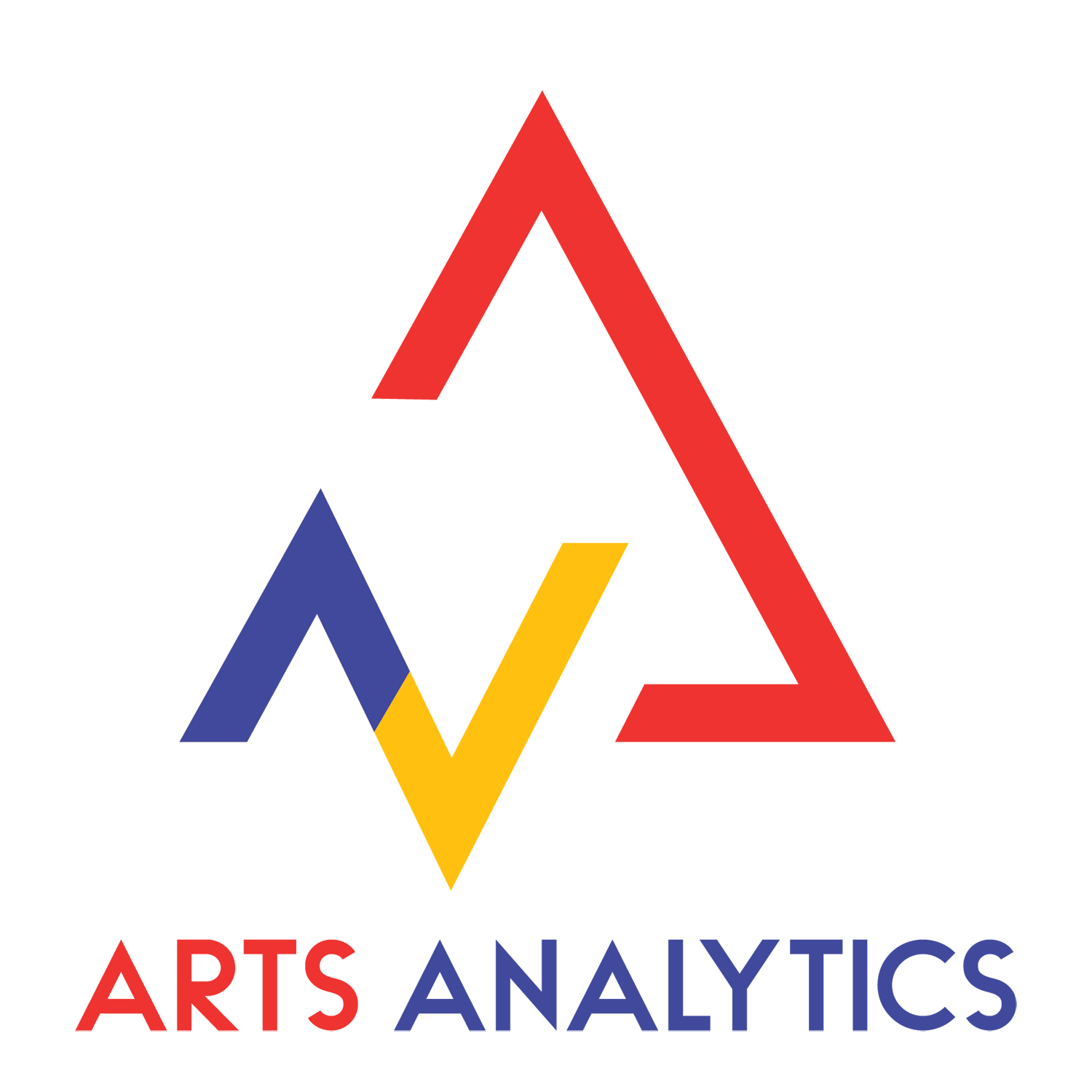By Joanna Woronkowicz and Doug Noonan
Too often, data in the arts are either hard to find or feels irrelevant—hidden in technical reports, living behind paywalls, scattered across personal desktops, buried in clunky databases, or never collected at all. Yet there’s a wealth of valuable information already out there: audience surveys, internal evaluations, funding records, and research studies that could help us understand the sector more clearly. The problem isn’t that we lack data—it’s that we rarely bring it together in ways that reveal broader patterns or support shared learning. But when we do connect the dots, we can start asking better questions: How are organizations adapting to change? How are audiences evolving? Where is funding going—or disappearing? What kinds of programs are emerging, and which are falling away? There’s a lot we could learn, if we made space to look.
Arts Analytics grew out of that idea.
The site is a work-in-progress, but the goal is pretty simple: to create a free and accessible space where people interested in the arts can share, explore, visualize, and interpret data more easily. There’s no shortage of information out there—on artists, arts education, arts funding, and more—but much of it lives in silos, often without the context or tools needed to make it meaningful. Our goal with Arts Analytics is to start pulling some of those pieces together in one place.
Over time, we hope Arts Analytics can serve a few different purposes:
First, as a place to share and preserve your own data.
If your organization has collected data that you think could be useful to others—whether it’s about audiences, programming, creative labor, or community engagement—we’d be glad to talk about how we might include it here. We’re especially interested in projects that never quite found a long-term home, and we’re open to lightweight ways of sharing that respect confidentiality and context. Making these kinds of datasets more accessible can extend their value, support new insights, and help others working on similar questions.
Second, as a place to explore and learn.
You can dig into how arts organizations are distributed across the U.S., what trends are shaping artist employment, or how different funding sources play out over time. The dashboards are interactive, and they’re designed for usability and curiosity—you can filter, compare, zoom in on a state, or just poke around and see what patterns emerge.
You can also see how others are using the data. The site includes a growing collection of user-generated visualizations that highlight different angles on the arts—whether it’s someone mapping funding flows in their city or analyzing shifts in creative occupations. These examples offer new ways of seeing the same information and can spark ideas for your own exploration.
Third, as a tool for analysis and decision-making.
Whether you’re working in policy, research, grantmaking, or running an organization, good data can sharpen how we see the field and where we put resources. By working with the datasets on the site—and exploring the visualizations that others have created—users can generate insights tailored to their own questions, test ideas, and ground their strategies in evidence. Eventually, we’d like to build out more features that support local benchmarking, custom visualizations, or applied research questions. But this is a first step.
Fourth, as a kind of archive.
There are public datasets—like occupational data from the Census and financial data on nonprofits—that tell us a lot about the structure and scale of the arts, but they’re not always easy to navigate. This site brings some of that material into one interface, in forms that are (hopefully) more legible. We’re working to curate and clean these datasets so they’re easier to explore and interpret, especially for people who don’t have time to wrangle raw files.
There’s no flashy launch here—just an attempt to make something useful for the arts and cultural sector, and to build from there. We’ll keep adding to the site in the coming months: new datasets, new visualizations, maybe some written analysis or collaborations with others doing similar work, and we’ll let you know. If you have ideas or feedback, we’d be glad to hear them. And if you’d like to learn more, join us for the official launch on May 7 at 12pm ET, hosted via Zoom as part of the Center for Cultural Affairs’ Workshop in Cultural Affairs series.
Thanks for reading—and welcome to Arts Analytics.
